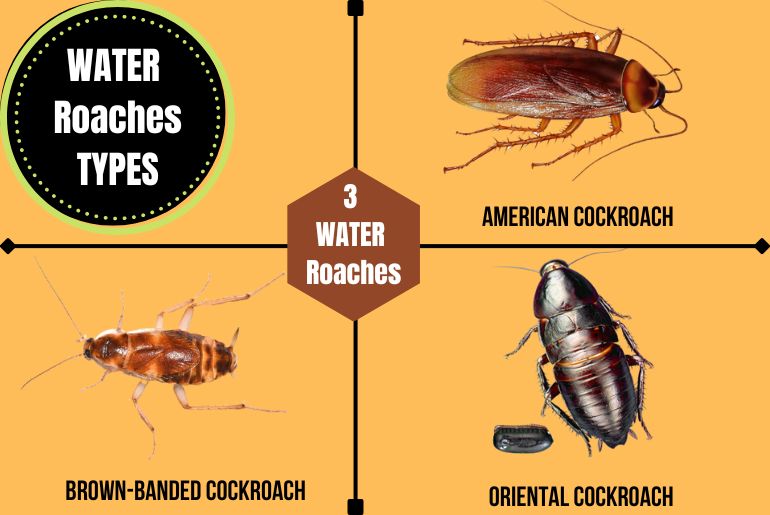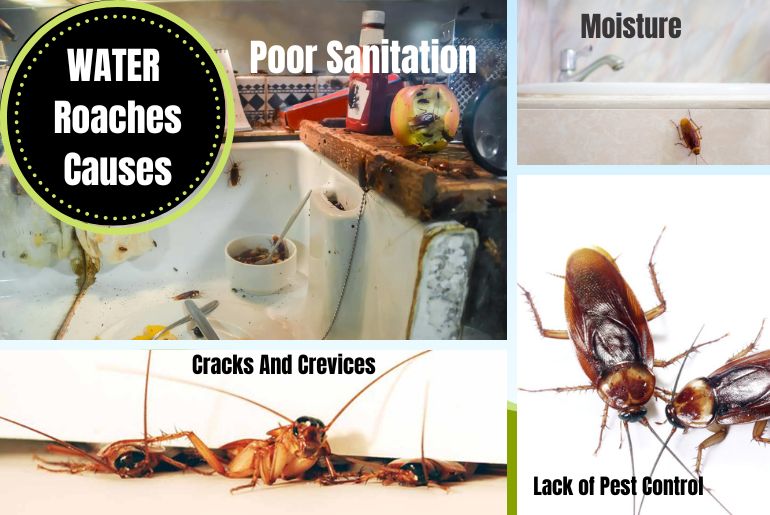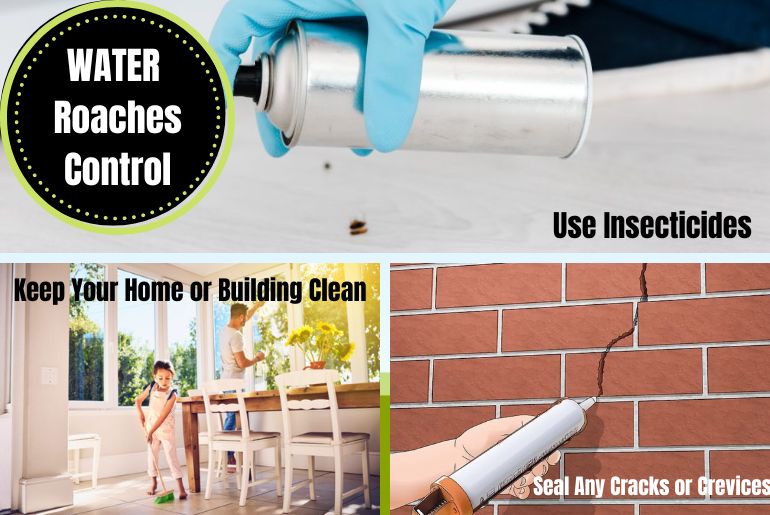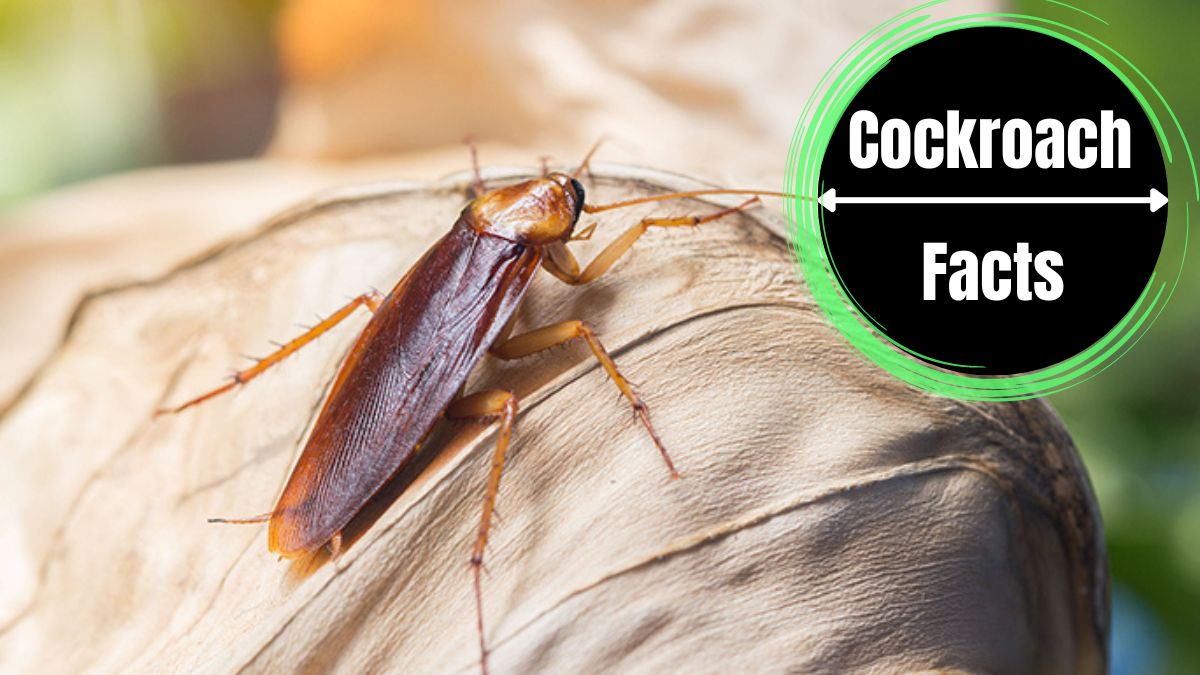Water roaches are one of the most common types of cockroaches. They are typically dark brown or black and have flattened body that is well-suited for swimming. They are strong swimmers and can often be found near bodies of water, such as ponds, lakes, and streams. Water roaches are generally considered pests, as they can invade homes and businesses in search of food and shelter. They can also be a nuisance in outdoor areas, where they may be attracted to picnic areas or swimming pools.
Types of Water Roaches
Many different species of cockroaches are commonly referred to as water roaches. Some of the most well-known species include the American cockroach, the oriental cockroach, and the brown-banded cockroach. These cockroaches are known for their ability to survive in damp environments, which is why they are often referred to as “water roaches.” Water roaches are large, dark-colored insects with long, thin antennae and six legs. They are often found in damp basements, drains, and other moist areas and can be a nuisance to homeowners and businesses.

American Cockroach
The American cockroach is a large species of cockroach that is commonly found in the United States. It is reddish-brown and has a distinctive yellow band around the edge of its body. American cockroaches are typically found in warm, damp environments such as basements, sewers, and drains. They are also known to infest buildings, particularly commercial buildings like restaurants, supermarkets, and hospitals. American cockroaches are considered a nuisance pest because they can contaminate food and spread disease. They are also difficult to control once they infest a building.
Oriental Cockroach
The oriental cockroach is a species of cockroach that is typically dark brown or black in color. They are often found in damp or dark places and are known for their foul smell. Oriental cockroaches are one of the most common types of cockroaches in the world and can be found in many different climates. They are considered to be a pest species and can be very difficult to control.
Brown-Banded Cockroach
The brown-banded cockroach is a small species of cockroach that is commonly found in homes and other buildings. It is typically light brown in color, with dark brown bands running across its body and wings. Brown-banded cockroaches are typically smaller than other species, growing to a length of about 1/2 inch. They are often found in warm, dry areas, such as buildings’ upper levels and attics. They are known to infest furniture and appliances and can be a nuisance to homeowners. Brown-banded cockroaches are generally considered less of a health hazard than other species of cockroaches. However, they can still carry bacteria and other pathogens that can be harmful to humans.
What Causes Water Roaches?
Multiple factors can cause roaches in homes or other buildings. The main causes are:

Poor Sanitation
Poor sanitation can attract roaches and other pests to a home or building. Roaches are attracted to food sources and sources of moisture, and poor sanitation can provide both of these things. For example, if food is left out or not properly stored, it can attract roaches and other pests. Poor sanitation can also create conditions that are conducive to roach infestations, such as cluttered or cluttered areas that provide hiding places for roaches. Maintaining good sanitation practices can help prevent roach infestations and keep your home or building free of these pests.
Moisture
Moisture is a major attractant for cockroaches, and it can play a significant role in the presence of cockroaches in a home or building. Cockroaches are attracted to moist environments, such as damp basements, sewers, and drains. They are also attracted to sources of moisture, such as leaky pipes or sinks. A high moisture level in a home or building can provide an ideal habitat for cockroaches to thrive, which can lead to an infestation. In addition, moist conditions can also provide cockroaches with a food source, as many species of cockroaches are known to feed on mold and other fungi that grow in moist environments. This can further contribute to an infestation of cockroaches.
Cracks And Crevices
Cracks and crevices in a home or building can provide cockroaches an easy entrance. Cockroaches are small and can squeeze through very small openings, so even a small crack or crevice can provide them with access to a home or building. Cockroaches can hide in these cracks and crevices, making it difficult to locate and control them. In addition, cracks and crevices can provide cockroaches with a protected place to nest and reproduce, which can lead to a larger infestation.
Lack of Pest Control
Lack of pest control can contribute to an infestation of cockroaches in a number of ways. If a home or building is not regularly treated for cockroaches, it can provide an ideal habitat for them to thrive. This can allow a population of cockroaches to establish themselves and grow over time. In addition, a lack of pest control can make it more difficult to detect an infestation of cockroaches in the early stages, when it is easier to control. This can allow the infestation to grow and spread, making it more difficult to eliminate.
Risks Related to Water Roaches
Water roaches are one of the most common pests in the world, and they can be a serious nuisance in your home. The risks related to these pests are the following:
Carry and Spread Diseases
Cockroaches are known to carry several bacteria, viruses, and other pathogens that can be harmful to humans. They can pick up these pathogens from contaminated surfaces or from other cockroaches, and they can spread them to other surfaces or to other cockroaches through their feces, saliva, or other bodily fluids. In addition, cockroaches can contaminate food and surfaces with these pathogens, which can lead to illness if the contaminated food or surfaces are ingested or come into contact with the skin. This can cause the diseases that cockroaches carry to spread from one person to another.
Trigger Allergies and Asthma Attacks
Water Roaches can trigger allergies and asthma attacks in some individuals by releasing proteins and other substances that can cause an allergic reaction. When cockroaches shed their skin, defecate, or die, they release proteins and other substances into the air. These substances can be inhaled by people, leading to an allergic reaction. Individuals with allergies or asthma can trigger symptoms such as sneezing, coughing, and difficulty breathing.
Structural Damage
They can cause structural damage to buildings by chewing through wiring and other materials. Cockroaches are known to chew on a variety of materials, including paper, clothing, and other household items. If they have access to electrical wiring, they can chew on the insulation, causing it to break down and exposing the bare wire. This can lead to short circuits and other electrical problems, which can be a fire hazard. In addition, cockroaches can also chew on the wood and other materials used in the construction of buildings, causing damage and weakening the structure.
How To Control Water Roaches?
You can take several steps to control water roaches in your home or building. Some of the most effective methods for controlling cockroaches include the following:

Keep Your Home or Building Clean
Cockroaches are attracted to food and moisture sources, so it is important to keep your home or building clean to reduce the risk of an infestation. This includes regularly cleaning floors, counters, and other surfaces and properly storing food and trash.
Seal Any Cracks or Crevices
Cockroaches can squeeze through very small openings, so it is important to seal any cracks or crevices in your home or building to prevent them from entering.
Use Insecticides
Insecticides can be effective at killing cockroaches, but it is important to use them carefully and according to the manufacturer’s instructions to avoid potential health hazards.
Remove Sources of Moisture
Cockroaches are attracted to moist environments, so it is important to remove sources of moisture in your home or building. This includes fixing any leaky pipes or sinks and using a dehumidifier to reduce the humidity level in your home or building.

